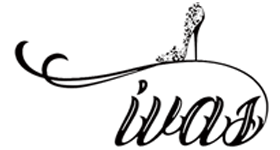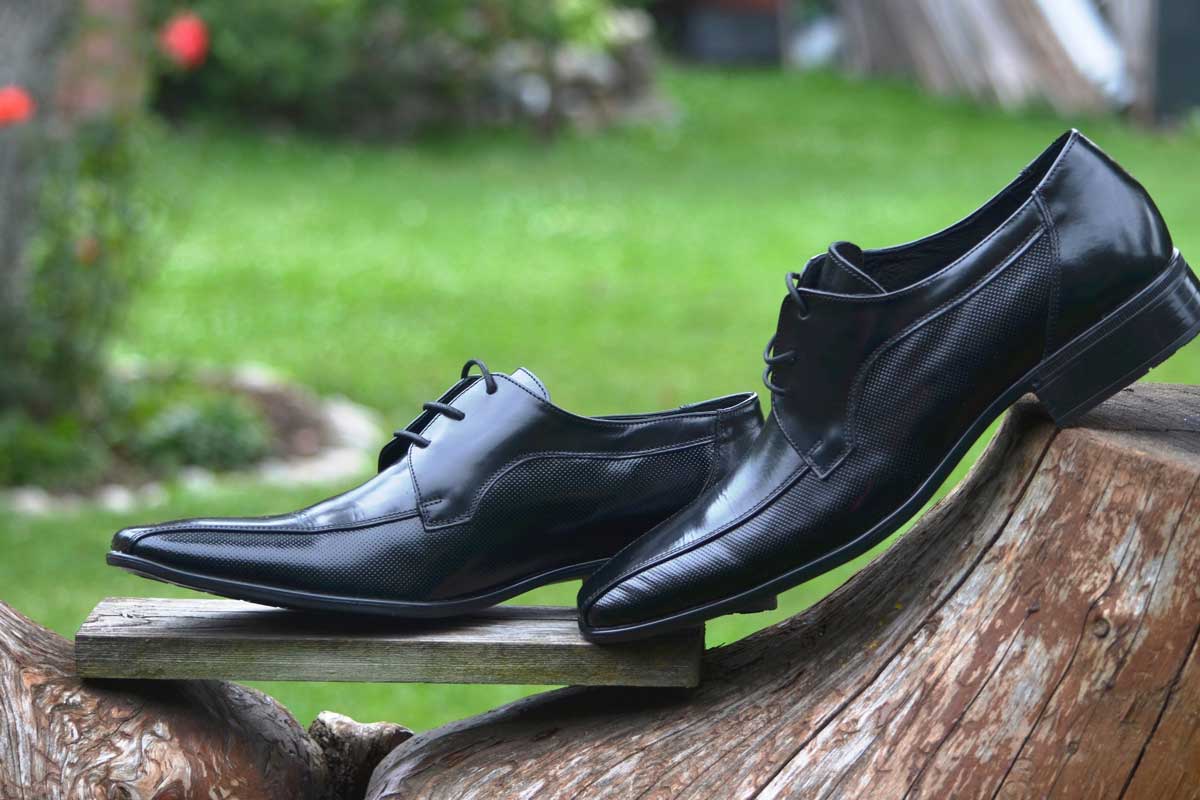In the vast landscape of footwear options, leather shoes stand out as a classic and enduring choice. Their timeless appeal, coupled with the inherent durability of quality leather, makes them an investment worth considering. However, not all leather shoes are created equal, and distinguishing between good and inferior quality can be a nuanced process. In this comprehensive guide, we will explore the intricate details that separate exceptional leather shoes from their counterparts.
Texture and Grain
The texture and grain of leather serve as an initial litmus test for quality. Premium leather should feel soft and supple to the touch, indicative of a high oil content that contributes to its flexibility and longevity. When examining the grain, focus on full-grain leather, which retains the outer layer of the hide, showcasing a natural and distinctive pattern. Top-grain leather, while slightly thinner, is another quality option. Be cautious of overly smooth or artificial textures, as these may suggest lower-grade materials.
Smell
The scent of leather is a sensory cue that can reveal much about its authenticity and quality. Genuine leather emanates a rich, earthy aroma, a result of the tanning process that preserves the natural fibers of the hide. This scent should be distinct and pleasant, evolving over time as the shoes age gracefully. Conversely, synthetic materials or low-quality leather may emit a chemical or synthetic odor, a potential red flag for discerning buyers.
Flexibility and Softness
The tactile experience of leather shoes is crucial in evaluating their quality. Genuine leather should exhibit a balanced flexibility, allowing the shoe to bend without losing its shape. This characteristic ensures comfort and adaptability over time, as the leather molds to the wearer’s foot. On the contrary, stiff or rigid leather may lead to discomfort and premature wear. The softness of the leather should also be considered, with premium options providing a luxurious feel against the skin.
Stitching
The stitching on leather shoes is an often-overlooked but critical aspect of craftsmanship. Examine the stitching for evenness and tightness, paying close attention to stress points like the sole and heel. Well-constructed leather shoes typically feature double stitching, enhancing durability and resilience. In contrast, inconsistent or loose stitching may indicate subpar construction, potentially compromising the shoe’s lifespan.
Sole Construction
A key determinant of a leather shoe’s longevity lies in its sole construction. Shoes with Goodyear welted or Blake stitched soles are considered top-tier in craftsmanship. These methods involve stitching the sole to the upper part of the shoe, providing durability, water resistance, and the ability to be resoled, thereby extending the shoe’s lifespan. Conversely, shoes with soles glued to the upper may lack the same level of durability and are more prone to wear and tear.
Color Consistency
Quality leather should exhibit a consistent color throughout its surface. This consistency indicates meticulous dyeing and finishing processes, contributing to the overall aesthetic appeal of the shoes. Inconsistencies or variations in color may suggest shortcuts in production or the use of lower-quality materials. Examining the color consistency is, therefore, a visual indicator of the attention to detail that has gone into crafting the footwear.
Brand Reputation
While examining the physical attributes of leather shoes is crucial, considering the brand’s reputation adds another layer of assurance. Established and reputable brands often have a history of using premium materials and skilled craftsmanship. Researching customer reviews and testimonials provides valuable insights into the experiences of others with the brand’s products, helping you make an informed decision.
Conclusion
In the pursuit of quality leather shoes, attention to detail is paramount. By scrutinizing factors such as texture, smell, flexibility, stitching, sole construction, color consistency, and brand reputation, you equip yourself with the knowledge needed to make a wise investment. Leather shoes, when crafted with care and precision, transcend mere fashion accessories—they become enduring companions that withstand the test of time, both in style and substance.








